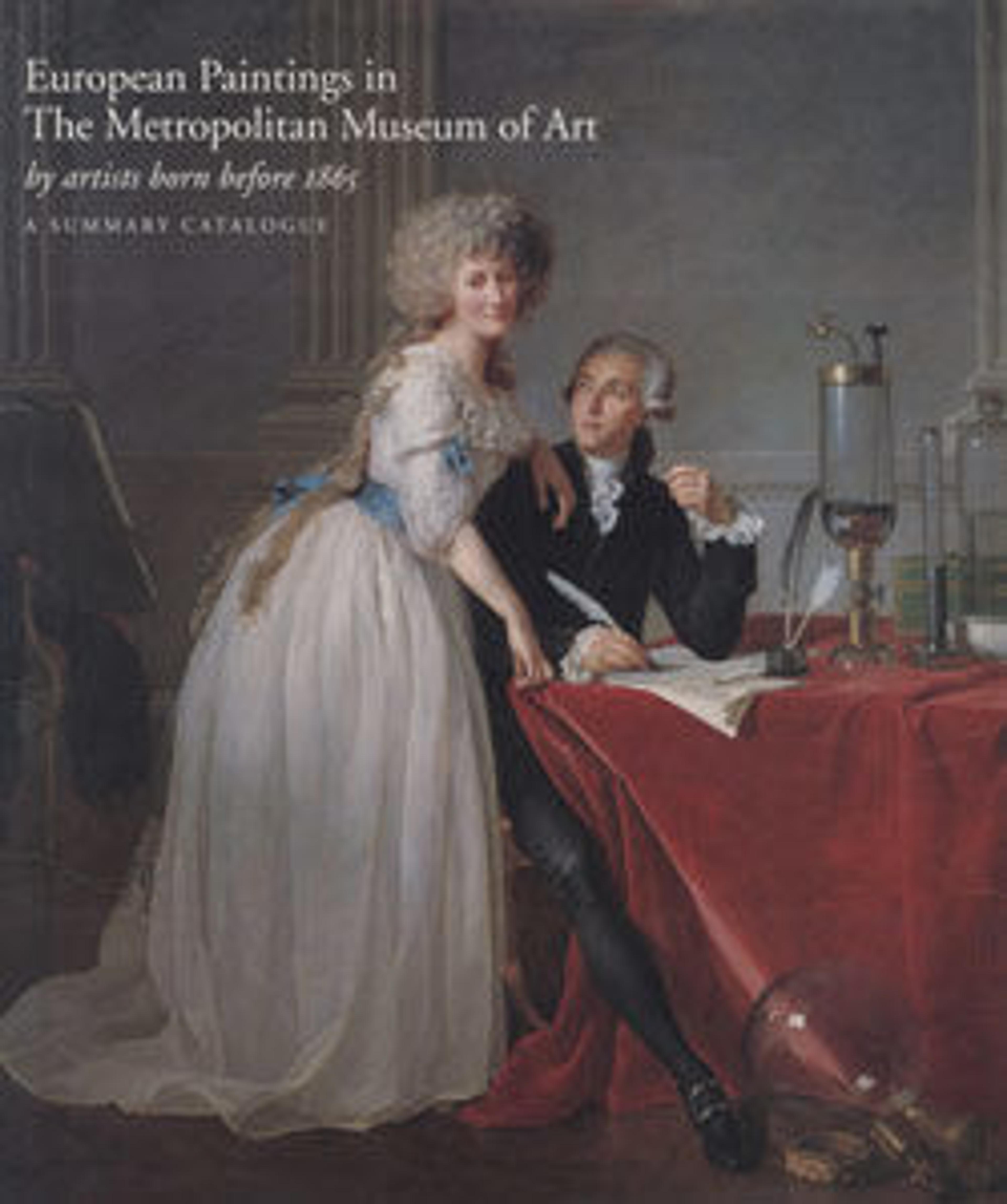Saint Catherine Disputing and Two Donors
A princess of great learning and beauty, Saint Catherine of Alexandria (fourth century) was challenged to a debate with fifty pagan orators, all of whom she converted to Christianity. Here she counts off the points of her dispute to two men who wear haloes as an indication of their conversion by her arguments (and future martyrdom by Emperor Maxentius). Two diminutive donors wearing the habits of Franciscan tertiaries kneel at the left. The painting dates to about 1380.
Artwork Details
- Title:Saint Catherine Disputing and Two Donors
- Artist:Cenni di Francesco di Ser Cenni (Italian, Florence, active by 1369–died 1415)
- Date:possibly ca. 1380
- Medium:Tempera on wood, gold ground
- Dimensions:Overall, with engaged frame, 22 3/4 x 18 1/4 in. (57.8 x 46.4 cm); painted surface 21 1/4 x 16 3/4 in. (54 x 42.5 cm)
- Classification:Paintings
- Credit Line:Bequest of Jean Fowles, in memory of her first husband, R. Langton Douglas, 1981
- Object Number:1982.35.1
- Curatorial Department: European Paintings
More Artwork
Research Resources
The Met provides unparalleled resources for research and welcomes an international community of students and scholars. The Met's Open Access API is where creators and researchers can connect to the The Met collection. Open Access data and public domain images are available for unrestricted commercial and noncommercial use without permission or fee.
To request images under copyright and other restrictions, please use this Image Request form.
Feedback
We continue to research and examine historical and cultural context for objects in The Met collection. If you have comments or questions about this object record, please contact us using the form below. The Museum looks forward to receiving your comments.
